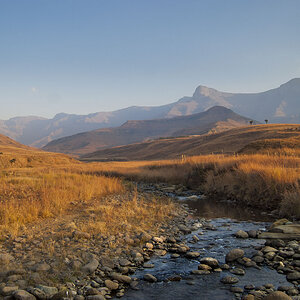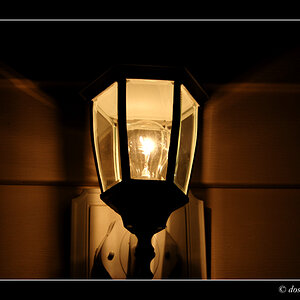Ricky21
TPF Noob!
- Joined
- Mar 25, 2010
- Messages
- 73
- Reaction score
- 0
- Location
- San Antonio, Texas
- Can others edit my Photos
- Photos OK to edit
I know that if shooting raw the white balance is set during post processing. (I use LR3). I have uploaded jpegs and when I do I usually choose to set auto wb instead of as shot and it looks way better.
So, what is the difference between this and setting wb for raw? Is it the fact that you can change it in post processing to mirror the different options on the camera?
So, what is the difference between this and setting wb for raw? Is it the fact that you can change it in post processing to mirror the different options on the camera?


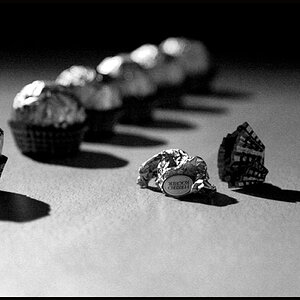
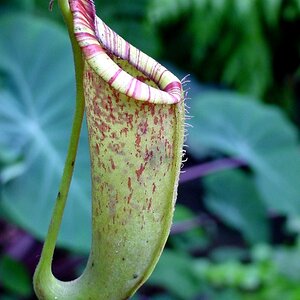
![[No title]](/data/xfmg/thumbnail/42/42060-f597479f8fd78d4bb4d17e7686fb0812.jpg?1619739996)
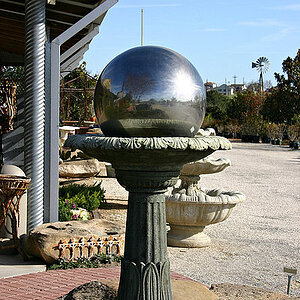
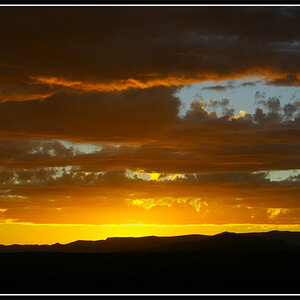
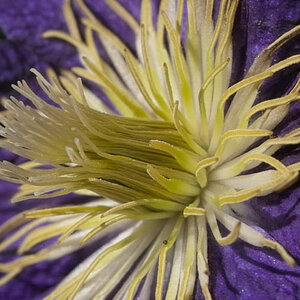

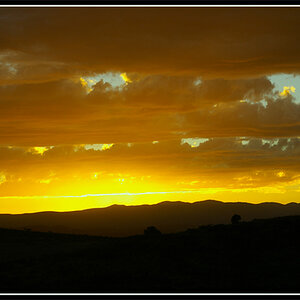
![[No title]](/data/xfmg/thumbnail/35/35947-ab35bfc67d8e12ce65dda301d3bf2b66.jpg?1619737255)

